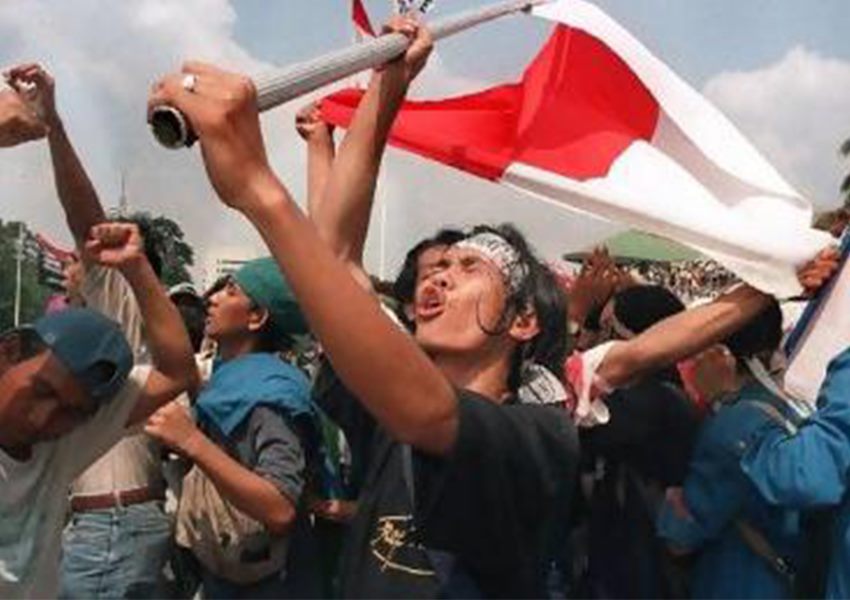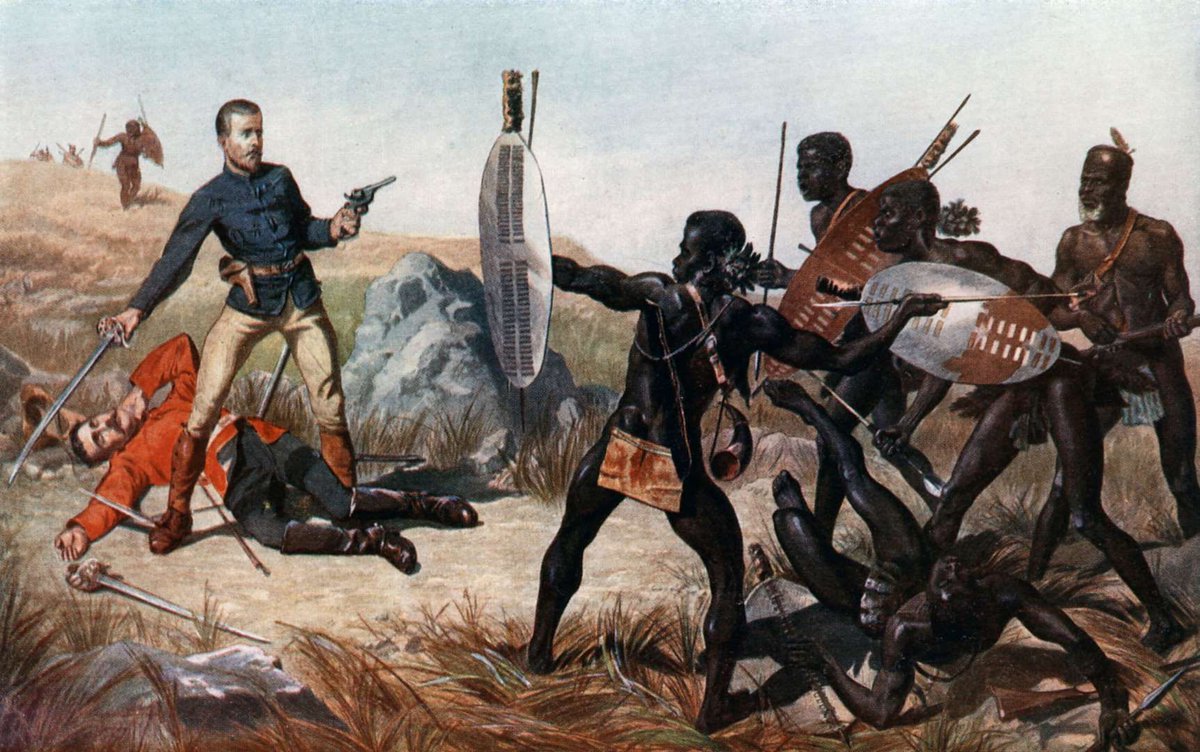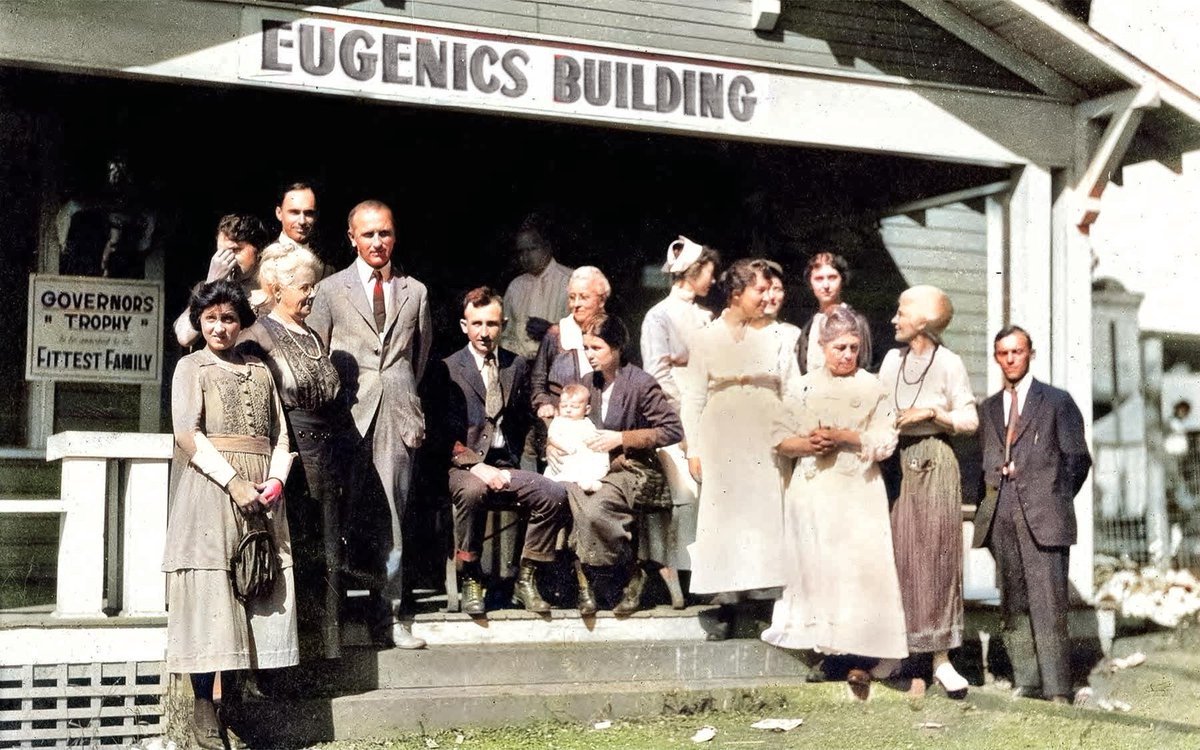
As Indonesian students and workers are rising up, here's a short history of the last mass uprising that took place in the fourth most populous country in the world: the one that toppled the US-backed right-wing dictator Suharto in 1998. 



In 1965, General Suharto, backed by the CIA, came to power & oversaw the political genocide of up to 2 million Indonesian communists, trade unionists & other leftists, the jailing of a milllion more & destroying the largest communist movement outside of the Soviet Union & China. 

Fearing a communist revolution, the US, UK and Australia supported Suharto in pushing aside the leftist nationalist Sukarno and establishing a 33-year repressive military dictatorship on the dead bodies of executed communists. 

Suharto's regime led a counter-revolution effectively ending "the threat" of democracy by demolishing the mass-based political vehicles of the poor, disciplining workers to their submissive roles in serving capital & throwing the riches of the country open to foreign investors. 

The counter-revolution was so successful that it became a template for anticommunist terror which would be exported abroad, with the slogan "Jakarta Is Coming" appearing in countries like Brazil and Chile. 

In 1998, after decades of growing discontent over rising inequality, corruption and other grievances, a financial crisis wrecked the economy triggering strikes, riots and demonstrations across the 13,000 island archipelago. 







On 12 May the spark was lit that ignited Jakarta, when 6 student protesters were shot dead by security forces, leading to an escalation. Protests & riots would overwhelm the capital, as the urban poor and the working class joined the struggle. After 10 days Suharto was toppled. 







A revolutionary situation opened up, but the forces of moderation and reform held back the revolutionary movement whose tradition and organizational structure was decapitated in the 1960s and was only starting to be rebuilt. 





Though the uprising of 1998 started a new chapter in the nation's history, Suharto was never brought to justice and many of his cronies stayed in power with many of the structures still intact that protesters today are rising up against. 



• • •
Missing some Tweet in this thread? You can try to
force a refresh






















